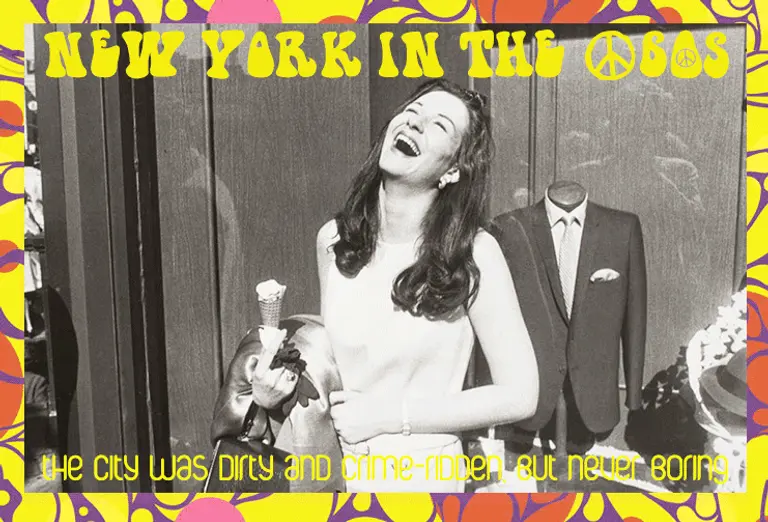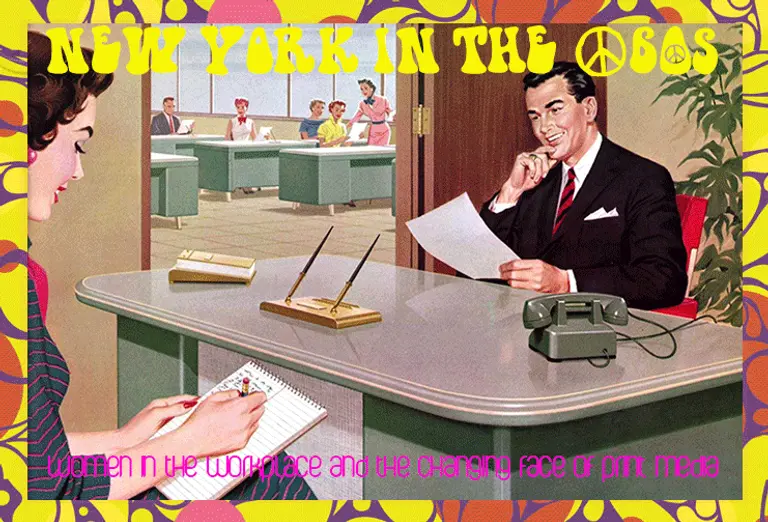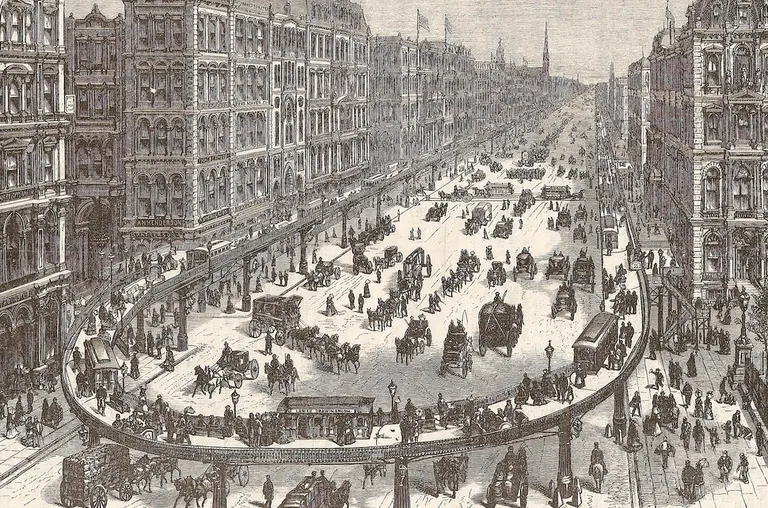December 24, 2015
In 1980, the Central Park Conservancy was formed as a nonprofit organization to manage the park under a contract with the City of New York and the Parks Department. As 6sqft noted in a previous interview with the Conservancy, they're made up of "gardeners, arborists, horticulturists, landscape architects, designers, tour guides, archeologists, a communications team, and even a historian," all of whom help to maintain the park as the gorgeous urban oasis we know and love today.
But before this, the park faced countless political and economic stressors, and without a central body to oversee it, entered a state of disrepair and neglect. It culminated in the '80s (as the Conservancy worked on a plan for its rehabilitation) with barren patches of land, graffiti tags, and dead plants. Since it's hard to imagine Central Park in such a state, the Conservancy has provided these incredible before-and-after photos that show just how far the beloved space has come.
See all the photos here



